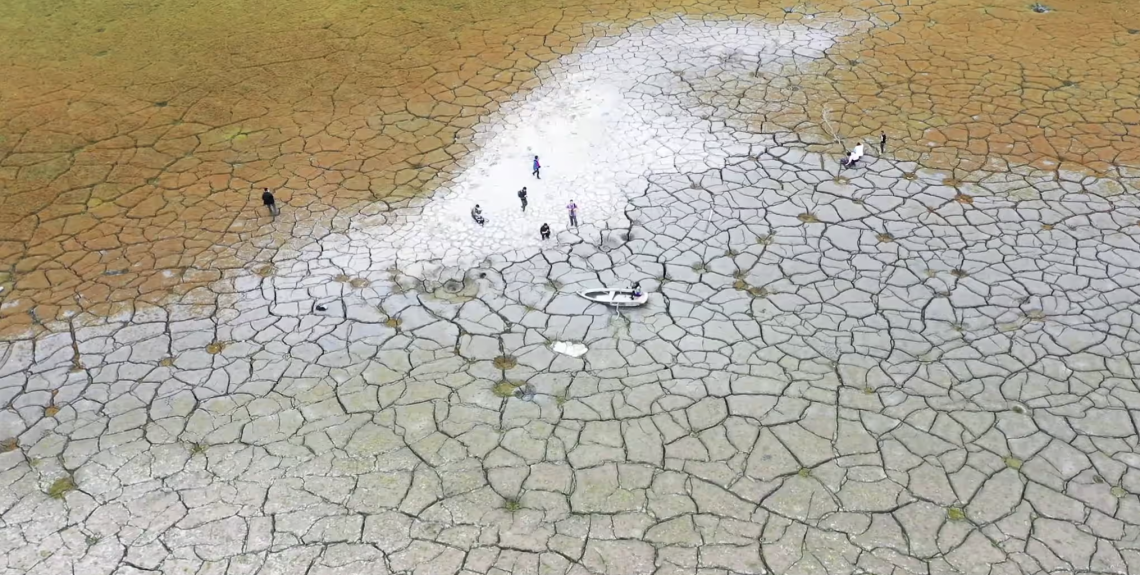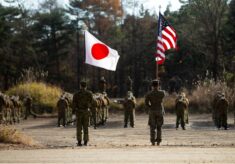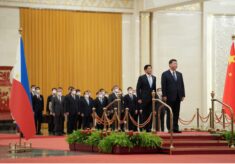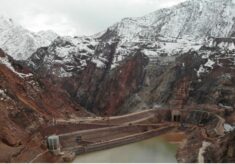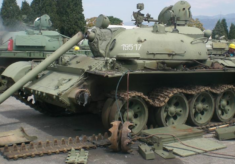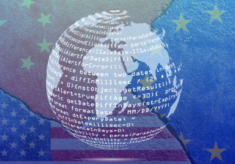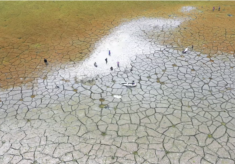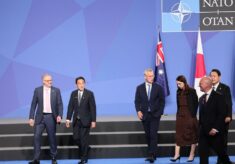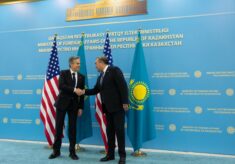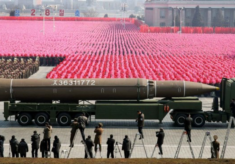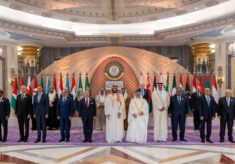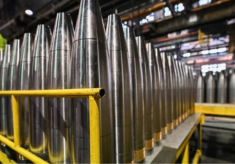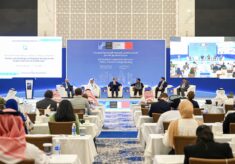As Taiwan braces for a new presidential election next year, whoever wins will face ongoing challenges of cross-strait tension and economic downturn, as well as opportunities to make constructive choices on China and fortify Taiwan’s central role in the global semiconductor supply chain. More importantly, the future president will be able to promote a more comprehensive understanding of Taiwan’s national security by addressing water and land scarcity facing chip production and food security, and implement policies that balance both aspects, especially in the context of a naval blockade scenario.
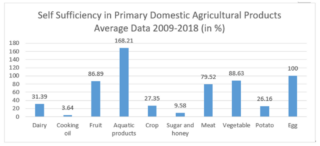
During the Covid-19 pandemic, supply chain problems shone a spotlight on Taiwan’s vital role in the global chip supply chain given its dominant position in the production of 92% of the world market share for advanced chips. This strength in microchips is often described as a “silicon shield” to deter Chinese aggression. However, recent concerns have arisen about a possible hole in the silicon shield as Taiwan chips have been inadvertently diverted to the Chinese military as a third-party end user, and the disruption in production that the ongoing supply shortage of energy and water could cause. Water as a critical input in the chip ecosystem, was especially highlighted during the 2021 drought. The decision of the Taiwan government to redistribute water from farmers to chip makers had attendant negative spillover on the agricultural sector.
This in turn brought to the fore the linkage of semiconductors, resource scarcity, and food resiliency, as encapsulated in 2022 by Frederik Kelter in the Foreign Policy article entitled “The Battle Over Semiconductors Is Endangering Taiwan.” He contextualized the aforementioned correlation in a naval blockade scenario, and warned that semiconductor favoritism may have negative externalities on the agricultural sector that could by increasing food insecurity for Taiwan.
With Taiwan’s food sufficiency rate at only 35%, when coupled with the government diverting water from farmers in response to water scarcity, Kelter argued that this food insecurity would leave Taiwan vulnerable to a possible blockade by China to weaken the country. Military officials in the U.S. and Japan have also begun to take note of this emerging challenge.
FOOD RESILIENCY AND BLOCKADE
In May 2023, U.S. Army War College published a report on the vulnerability of Taiwan’s food resiliency in a conflict with China, which has hitherto been overlooked in traditional national security assessments. The authors noted growing structural risks within the food supply system, due to limited arable land and rapid urbanization, and assessed that Taiwan could endure trade disruptions for only six months. The 2020 Taiwan Council of Agriculture (COA) report revealed, as mentioned already, that Taiwan’s food self-sufficiency ratio is only 35%. This means that this country imports almost 70% of its food, placing itself in a vulnerable position in the event of a naval blockade. Given nearly 95% of agricultural imports arrive in Taiwan by sea routes, this concern was further underscored by China’s 2022 military exercise of a blockade scenario.
Japan is also paying attention. Being also an island, it has a relatively low food self-sufficiency ratio, that increased through the decades. From 73% in 1965 to 37% in 2020, a number subject to further decrease, as defense analysts warned that the government’s neglect of rice paddies and agricultural land is increasing this vulnerability.
Toshiyuki Ito, retired vice admiral for the Maritime Self Defense Force, lamented that government officials “don’t do anything for national security…they think only about economic efficiency.” However, in a Taiwan crisis wherein Japan’s own sea lanes are interdicted, “The whole of Japan would lose physical access [to imports] and it would lead to famine,” warned Japan’s former agriculture ministry official Kazuhito Yamashita.
In the case of Taiwan, U.S. Department of Agriculture published a report in April 2020 indicating that Taiwan’s food stock levels can feed its population for up to six months, with the exception of rice as the only food product with large reserves of 900.000 metric tons (MT) to endure beyond six months. However, these reserves will dwindle as chipmakers and rice farmers compete for scarce water resources. In southern Taiwan, rice farmers have not been allowed to plant their crops in three years in order to save water for semiconductor factories nearby, and Taiwan’s shortage of arable land is further exacerbated by the conversion of farmland into solar panel farms in the chip sector’s push for green energy.
With chip makers and rice farmers competing for scarce natural resources in the context of a naval blockade, can Taiwan’s next president implement policies that can arrive at synergy, rather than a trade-off, between chips and rice in Taiwan’s overall silicon shield?
CHIPS AND RICE, NOT CHIPS OR RICE
To that end, perhaps Kaohsiung could serve as a model for the semiconductor industry as it grapples with water scarcity, including TSMC and Intel fabs in Phoenix, Arizona. Kaohsiung City Government is working with TSMC to produce 2-nanometer (nm) chips at its new factory in Nanzih Technology Industrial Park, and promised to make adjustments with increased water demand. The 2021 drought punctuated the water issue wherein Taiwan government implemented emergency measures to divert water from agriculture to industry, putting Taiwanese farmers against chipmakers and causing social division that can be exploited by adversaries.
To redress this, Kaohsiung and Tainan are linking reservoirs and building an interconnected network of water supply to hedge against any potential water shortage in the future. In addition, efforts are underway to build additional water reclamations centers which already have a lauded history in Israel and Singapore. However, more can be done. Professor Hsing-Lung Lien, Director of New Energy & Electricity Development Center at the National University of Kaohsiung, recommends that “Taiwan EPA should take the Food-Energy-Water (FEW) nexus into consideration in order to better balance the needs between energy and environment” in its sustainable development assessments. The FEW nexus is a tool for improving food, energy and water security via an interdisciplinary approach. By highlighting their interdependence and potential synergies and tradeoff within the nexus, the latter may be the Goldilocks recipe for the next president to implement policies that synergizes, rather than trading off, chip security and food security within Taiwan’s silicon shield.
Christina Lin
Dr Christina Lin is a visiting scholar at UCLA Anderson Forecast and Asia Pacific Center, and senior fellow at the National University of Kaohsiung.

